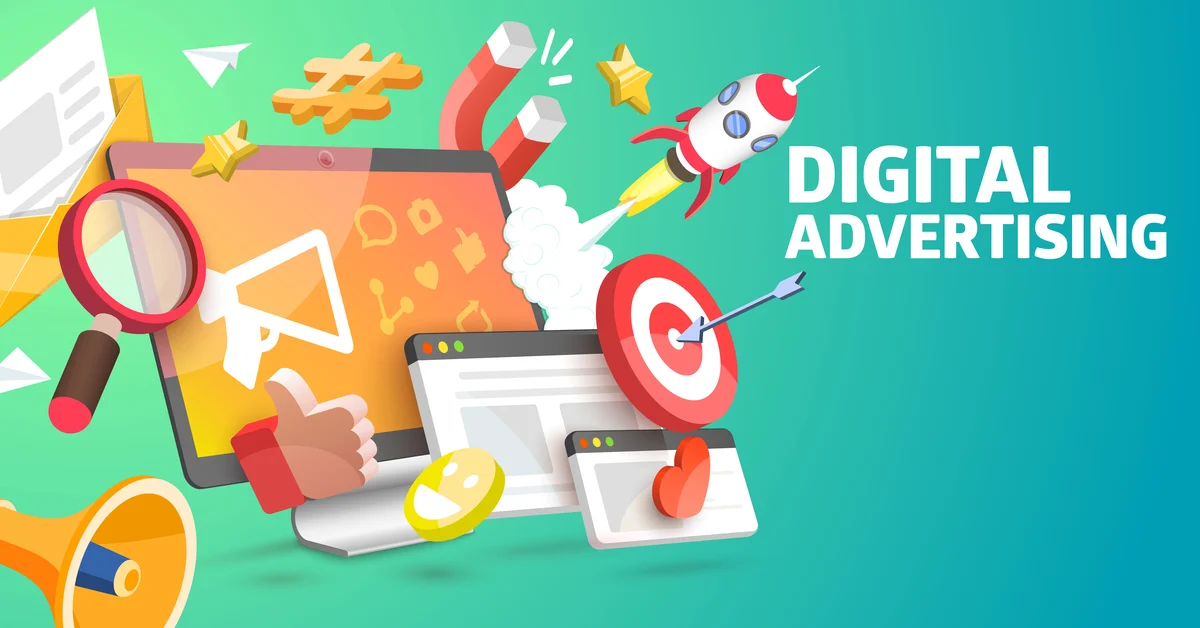Digital ads are a key part of modern marketing strategies, allowing businesses to reach a wide audience quickly and effectively. But what exactly are digital ads, and how do they work to promote products and services? Let’s break down the essentials in simple terms.
The Basics of Digital Advertising
Digital advertising encompasses a range of online marketing strategies where businesses promote their products or services using digital channels. These channels include search engines, social media platforms, websites, mobile apps, and other online spaces. Unlike traditional advertising methods, digital ads are more interactive and targeted, enabling businesses to reach specific audiences based on various factors such as age, location, interests, and browsing behavior.
Types of Digital Ads
There are many different types of digital ads that businesses can use, depending on their goals and the audience they wish to reach. The most common types include:
- Search Engine Ads: These ads appear on search engine results pages. When someone types a query into a search engine, the ads show up at the top or side of the search results. Businesses pay for these ads based on a cost-per-click (CPC) model, meaning they only pay when someone clicks on their ad.
- Display Ads: These are visual ads that appear on websites across the internet. They can be in the form of banners, images, or even video clips. Display ads help build brand awareness by appearing on popular sites that the target audience frequently visits.
- Social Media Ads: Social platforms like Facebook, Instagram, LinkedIn, and Twitter offer businesses an opportunity to promote their content directly to users’ feeds. These ads can be highly targeted, allowing businesses to show their content based on interests, demographics, and user behavior.
- Video Ads: Video advertising is one of the most engaging types of digital ads. Platforms like YouTube offer ad placements that play before, during, or after a video. They can also appear as short ads that users can skip after a few seconds.
- Email Marketing: While not always considered traditional “ads,” email marketing campaigns are a form of direct digital advertisement that promotes a business’s products or services directly to a user’s inbox.
How Digital Ads Work
Digital ads are powered by data and algorithms, which allow them to target specific users effectively. Here’s how the process typically works:
- Targeting the Right Audience: Advertisers use data analytics to find the right audience for their ads. This data can include information about users’ interests, browsing history, location, and more. The more specific the targeting, the higher the chance of conversion.
- Creating and Displaying Ads: Businesses create ads with the help of ad design tools and platforms that cater to their needs. The ads are then uploaded to various platforms where they are shown to the targeted audience.
- Pay-Per-Click and Budget Management: Many digital ad platforms use a pay-per-click (PPC) model, where businesses only pay when someone interacts with their ad. Budget management is crucial to make sure the ad spends are optimized to achieve the best results without overspending.
- Measuring Success: One of the biggest advantages of digital advertising is its ability to track and measure performance. Metrics such as impressions, clicks, conversions, and engagement rates help businesses determine how effective their ad campaigns are and make necessary adjustments.
Why Learning Digital Advertising Matters
For anyone interested in careers related to marketing, understanding digital advertising is essential. Digital advertising courses in Udaipur and other cities can provide valuable insights into the mechanics of online advertising, from strategy development to campaign execution and analysis. Such courses are beneficial for aspiring marketers who want to master the art of creating compelling ads and understanding the nuances of digital platforms.
The Future of Digital Ads
As technology continues to evolve, digital advertising is becoming more personalized and data-driven. New trends like AI-driven ad creation and automation are making it easier for businesses to reach their target audiences. Virtual reality (VR) and augmented reality (AR) are also starting to make their way into digital ads, adding a new layer of interactivity and engagement.
Digital ads are here to stay, and understanding how they work can open doors to exciting career opportunities. Whether you’re a business owner looking to expand your reach or a marketing professional wanting to enhance your skills, investing time in learning the principles of digital advertising can lead to more successful campaigns and a stronger connection with your audience.

